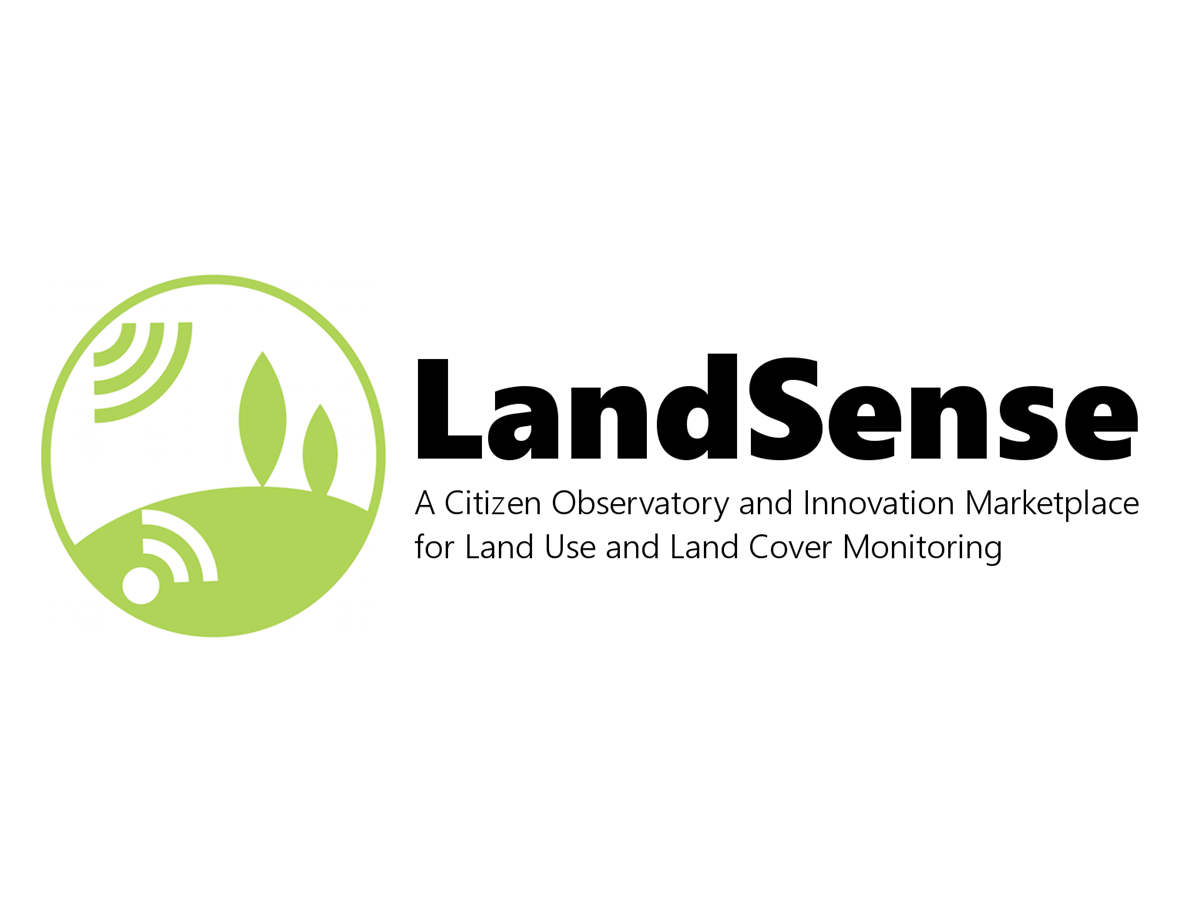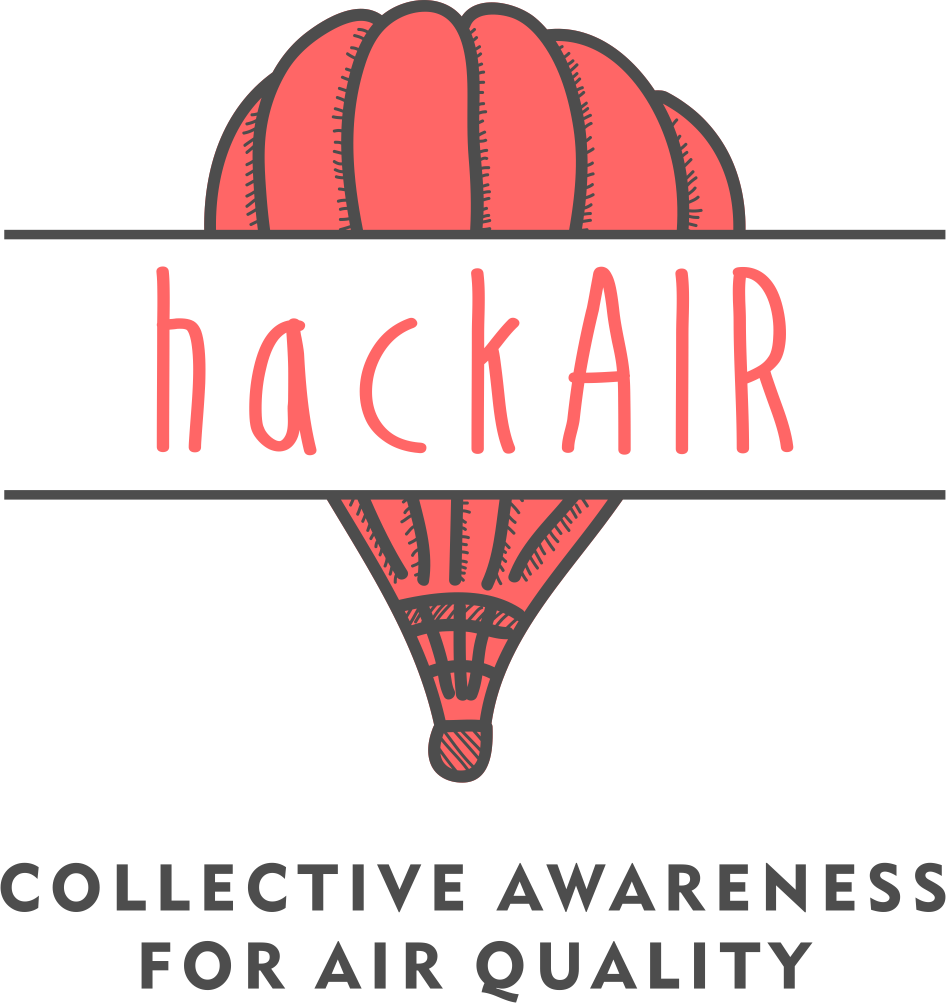The Power of Citizen Science

A recent Citizen Science initiative that is related to odour pollution is the European Clean Air Day, which took place for the first time on the 20th June 2019. This initiative aims at raising awareness for air pollution in general and sharing information on what each citizen can do to improve air quality. During each European Clean Air Day there will be citizen science events on the topic of air quality throughout Europe. Everyone is invited to join these events or to organise their own and connect with the community.
There are several Citizen Science projects that use Citizen Observatories, such as this Odour Observatory, to address a variety of environmental issues. The LandSense project, for example, uses modern technology, such as apps, to monitor changes in land use and land cover. LandSense is divided into three themes for which different citizen science groups are collecting data:
- Urban landscape change monitoring in three different cities in Europe;
- Agricultural land use in Serbia;
- and Forest and habitat monitoring in Important Bird Areas in Spain.
As Citizen Observatories are increasingly being used to address environmental issues using a citizen science approach, the WeObserve project was launched in December 2017 to research their effectiveness. The aim of the project is to investigate their efficiency and usability and to provide a ‘Cookbook’ for the successful building and implementation of such observatories.
WeObserve addresses four main aspects of observatories: Engagement, Impact, Interoperability and the Sustainable Development Goals. This project will play an important role in the production and sharing of knowledge around Citizen Observatories.


